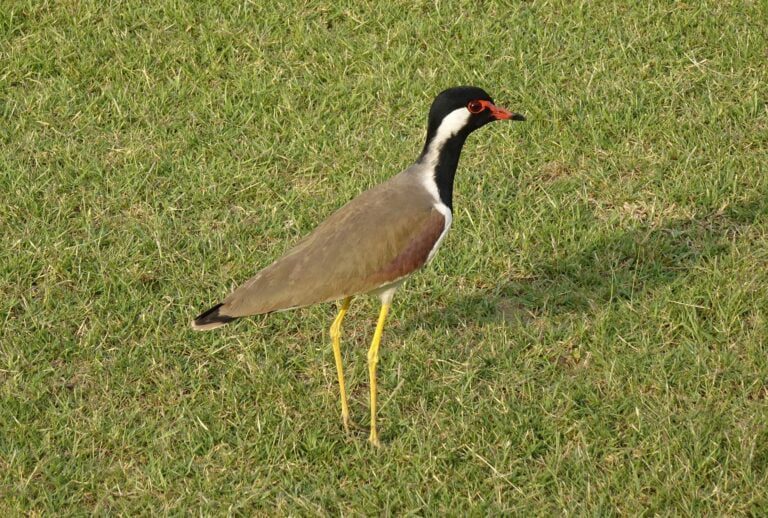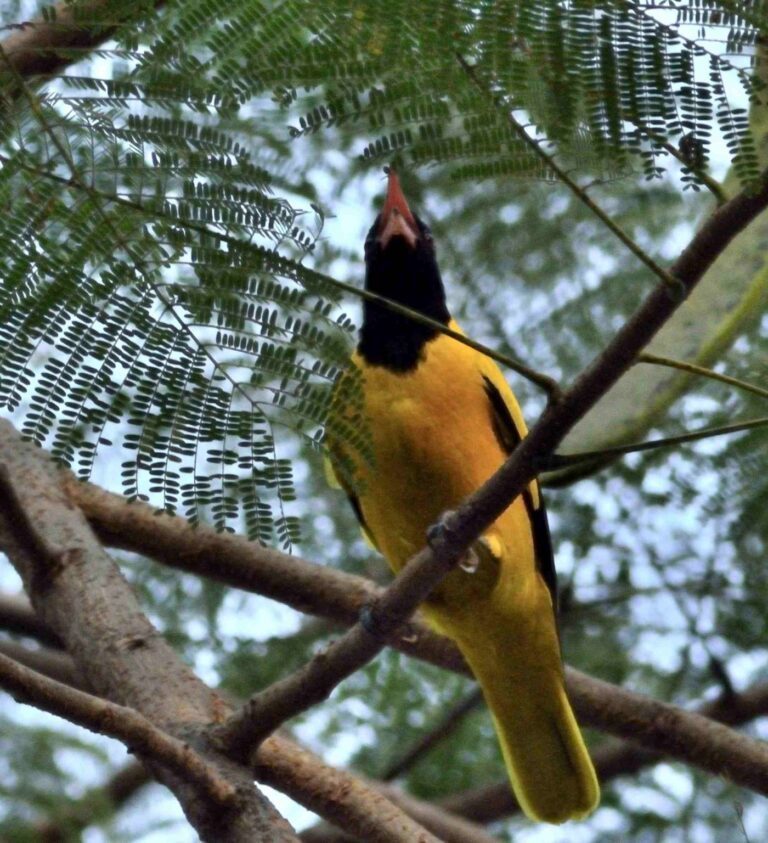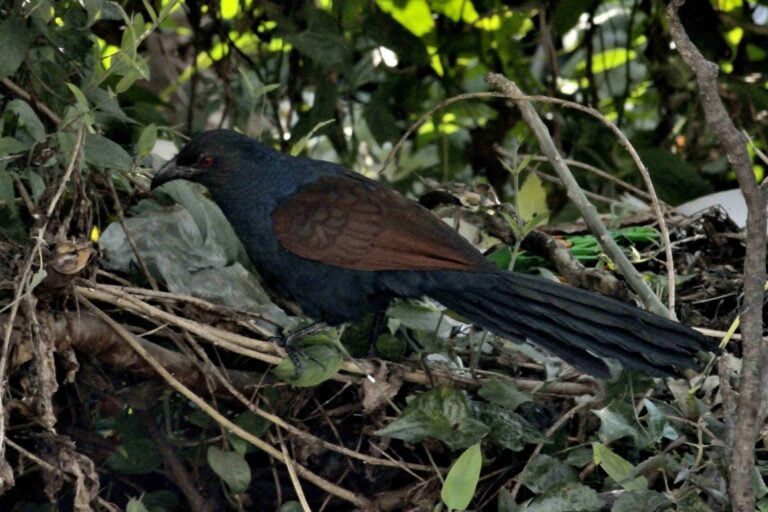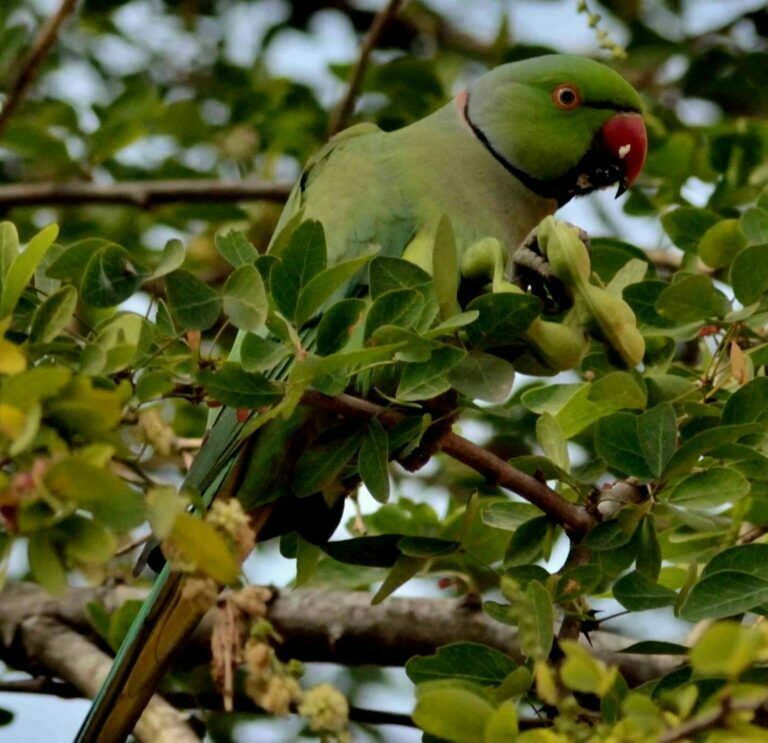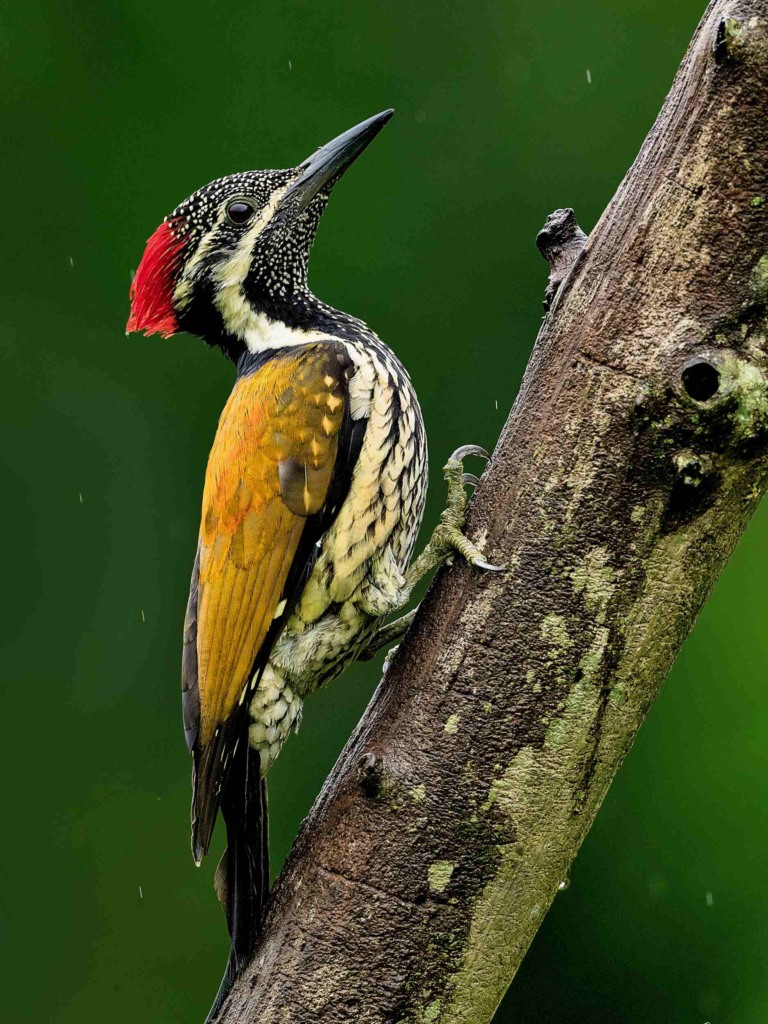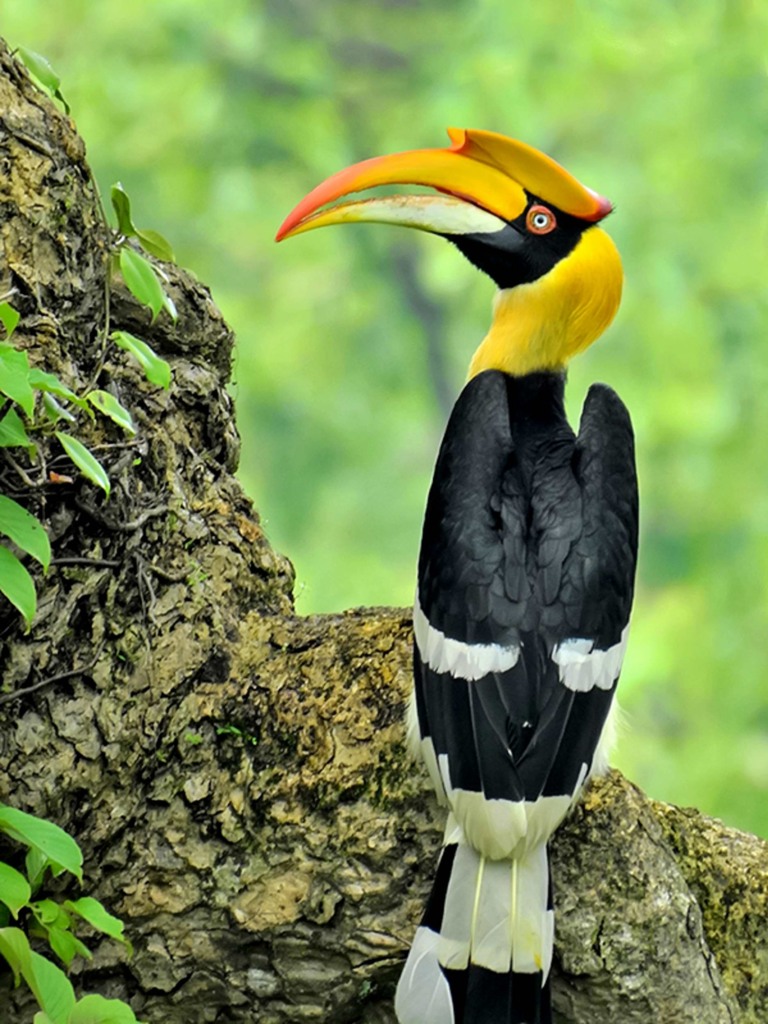The Indian pond heron, scientifically known as Ardeola grayii, is a petite heron species with origins in the Old World, spanning Africa, Europe, and Asia within the Eastern Hemisphere. These birds breed in regions extending from southern Iran to the Indian subcontinent, Burma, and Sri Lanka.
Despite their widespread presence, they can be inconspicuous as they hunt for prey along the edges of small water bodies or roost near human settlements. Here is an overview of the Indian pond heron:
Indian Pond Heron Information
Their appearance is marked by a remarkable transformation when in flight, with their bright white wings contrasting sharply with the cryptic, streaked olive and brown hues of their bodies. Their superb camouflage allows close approaches, a behavior that has led to local beliefs that they are shortsighted or blind.
Indian pond herons exhibit a stocky build with short necks, stout bills, and buff-brown backs. During the breeding season, adults develop long neck feathers, further altering their appearance. They bear a strong resemblance to squacco herons but possess darker backs. In the eastern parts of their range, they are succeeded by Chinese pond herons.
While generally silent, they may emit a harsh croak when alarmed or near their nesting sites. These birds are commonly solitary foragers, but during dry seasons when small wetlands teem with prey, they may congregate in larger numbers.
They display semi-colonial breeding habits and are known to forage at garbage sites. Occasionally, they forage on well-watered lawns or dry grasslands during dry periods. When hunting, they permit close approaches and take flight only when approached closely.
Indian pond herons occasionally form communal roosts, often perching in trees above bustling urban areas. Breeding commences with the arrival of the monsoon season. They nest in small colonies, sometimes alongside other wading birds, constructing their nests on stick platforms in trees or shrubs, typically at heights of 9 to 10 meters.
Nest building involves the male collecting materials while the female assembles the nest. Clutches consist of three to five eggs, which hatch asynchronously over a span of 18 to 24 days. Both parents contribute to feeding the young, with fish being the primary diet for the fledglings. Nest sites that remain undisturbed may be reused in subsequent breeding seasons.
Description of the Indian Pond Heron
1. Plumage: These herons display striking variations in plumage during different seasons. In breeding plumage, they exhibit rich chestnut and white coloring on the neck, head, and breast. Outside of the breeding season, their plumage becomes more subdued, with gray-brown and white tones.
- 2. Size: The Indian pond heron is relatively small, with adults typically measuring about 45 to 50 centimeters (18 to 20 inches) in length.
- 3. Eyes: They have distinct yellow eyes that contrast with their plumage.
- 4. Bill: Their bills are sharp and pointed, ideal for capturing prey.
Habitat and Geographic Range
5. Geographic Range: Indian pond herons are primarily found in the Indian subcontinent and Southeast Asia. Their range extends from Pakistan and India to Sri Lanka, Myanmar, Thailand, and parts of Southeast Asia.
6. Habitat: These herons are highly adaptable to various wetland habitats. They are commonly observed near ponds, lakes, rivers, marshes, and rice fields. Their presence near water bodies is for both feeding and breeding.
Behavioral Adaptations to Habitat
7. Diet: Indian pond herons are carnivorous and primarily feed on aquatic prey. They prey on a variety of small aquatic creatures, including fish, amphibians, insects, crustaceans, and even small reptiles.
8. Feeding Strategy: They employ a patient hunting strategy, often standing motionless at the water’s edge and waiting for prey to come within striking distance. Once prey is detected, they use their sharp bills to capture it swiftly.
9. Breeding: During the breeding season, Indian pond herons nest in colonies near water bodies. Their nests are often constructed in trees, reed beds, or bushes. They lay pale blue-green eggs.
10. Migration: While some populations are sedentary, others may undertake seasonal migrations in response to changing water levels and food availability.
11. Communication: These herons are generally quiet birds but may produce a series of harsh croaks and squawks during courtship and nesting.
12. Conservation Status: The Indian pond heron is not considered globally threatened and is categorized as a species of “Least Concern” by the International Union for Conservation of Nature (IUCN). Their adaptability to various wetland habitats contributes to their stable population.
In summary, the Indian pond heron is a versatile and adaptable bird species commonly found in wetland habitats across the Indian subcontinent and Southeast Asia. Its unique plumage changes, patient hunting strategy, and association with water bodies make it an interesting subject of study for bird enthusiasts and researchers.

